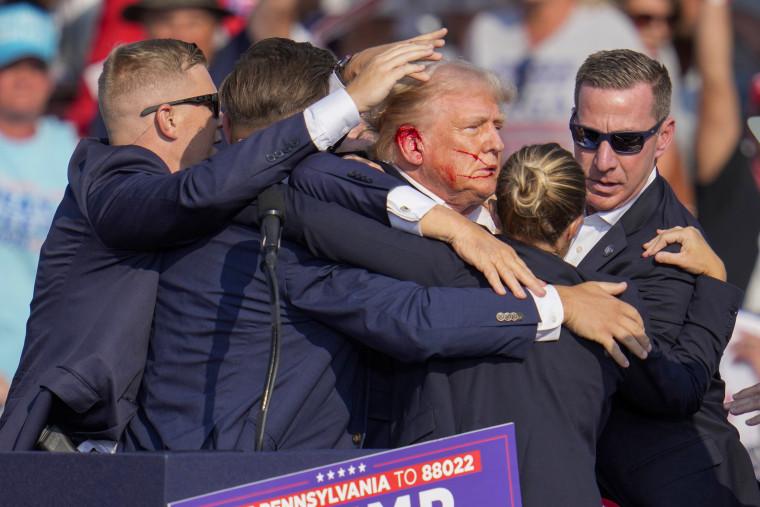Throughout history, the role of the Secret Service in protecting presidents has evolved and adapted to the ever-changing landscape of security threats. From simple bodyguards to a multi-faceted security apparatus, the measures in place to ensure the safety of the commander-in-chief have become more sophisticated and comprehensive. In this article, we will explore how Secret Service protection has changed for presidents over the years, delving into the various strategies and technologies employed to safeguard the highest office in the land. Join us as we uncover the secrets behind the evolution of presidential security.
Evolution of Secret Service Protection for Presidents
Over the years, the Secret Service protection for presidents has evolved significantly to adapt to changing security threats. Initially created in 1865 to combat counterfeiting, the Secret Service began protecting presidents after the assassination of President William McKinley in 1901. Since then, the ways in which the Secret Service protects presidents have continued to change and improve.
- Increased staff: The Secret Service has grown from a small force to a large organization with thousands of agents and officers dedicated to protecting the president.
- Advanced technology: With the advancements in technology, the Secret Service has integrated cutting-edge security measures such as enhanced communication systems, surveillance equipment, and armored vehicles to ensure the safety of the president.
Enhanced Technology and Tactics in Presidential Security
Over the years, advancements in technology have revolutionized the way the Secret Service protects the President of the United States. From state-of-the-art surveillance equipment to enhanced tactical strategies, presidential security has evolved to be more sophisticated and efficient than ever before.
Some of the key changes in technology and tactics include:
- Communication Systems: The Secret Service now utilizes encrypted communication devices to ensure secure and reliable communication between agents.
- Biometric Identification: Implementation of biometric scanners for faster and more accurate identification of individuals entering secure areas.
Challenges and Controversies Surrounding Secret Service Protocol
In recent years, there have been several challenges and controversies surrounding the Secret Service protocol for protecting the President. One major issue is the balance between providing an appropriate level of security while still allowing the President to interact with the public. This has become increasingly difficult in the age of social media, where threats can be made and information can be spread quickly.
Another controversy is the cost of Secret Service protection for former Presidents. The amount of money spent on security for ex-Presidents has come under scrutiny, with some critics questioning whether it is necessary to provide lifetime protection. The Secret Service has had to navigate these challenges and controversies while continuing to adapt and improve their protocols to ensure the safety of the President and other key government officials.
Future Improvements and Recommendations for Presidential Protection
One key area for future improvements in presidential protection is the integration of advanced technology. This could include the use of drones for surveillance, facial recognition software for identifying potential threats, and AI-powered systems for analyzing data in real-time. By leveraging technology, the Secret Service can stay ahead of evolving security challenges and better protect the President.
Another recommendation is to enhance coordination and communication between different agencies involved in presidential protection. This could involve conducting more joint training exercises, sharing intelligence more effectively, and developing clear protocols for responding to security threats. By improving collaboration, the Secret Service can ensure a more seamless and efficient approach to safeguarding the President.
| Recommendations | Details |
|---|---|
| Technology Integration | Use drones, facial recognition, and AI-powered systems |
| Enhanced Coordination | Improve communication and collaboration between agencies |
To Wrap It Up
the evolution of Secret Service protection for presidents over the years is a fascinating look into the ever-changing landscape of security and technology. From horseback agents to sophisticated security details, the dedication to keeping our leaders safe remains paramount. As we reflect on the past, we also look towards the future, where undoubtedly new challenges will arise and innovative solutions will be found. One thing remains certain, the Secret Service will continue to adapt and evolve in order to protect those who serve as our nation’s leaders. The only constant in this ever-changing world is the unwavering commitment to ensuring their safety, no matter what challenges may come.


